Making Eco-friendly paint at home is easy when you know how
If you want to decorate your home with healthy No VOC paints and finishes, you're in the right place! If you’ve ever stepped inside a natural building or a home with natural paints or plasters, you can tell instantly. Natural earth pigment colors and textures bring an unmistakable warmth and coziness to a room – not to mention healthy air quality in your home. Every room in my conventional, drywalled home is painted with a natural clay paint that's easy to make, economical, and gives a beautiful, soft, adobe-like look. I get compliments from all my guests!
Shop for non toxic natural pigment paints here
Aside from the aesthetics of natural paint, the health benefits are huge. Most people don’t realize the amount or duration of toxins off-gassing into your home after a fresh coat of latex paint (even low or zero VOC products) is applied. The odor is only noticeable for the first few days after the paint dries, but the toxins continue to off-gas for 3-5 years afterwards. According to the environmental standard Green Seal, only 50% of the VOC paint emissions in a new coat of latex paint are emitted in the first year.
The inhalation of these VOC’s can cause many things: nausea; dizziness; irritation of the eyes and respiratory tract; heart, lung or kidney damage and even cancer. In addition, if cans and leftover paints are not disposed of properly, they contaminate groundwater.
As for ‘Low VOC’ paints that can be found at your local hardware store, you might notice that they still smell toxic and can still give you headaches. And for what reason? I’ve learned that that can mean they are reduced by as little as 25% in VOCs. Low VOC paints may have reduced amounts of volatile organic compounds, meaning they don't off-gas as much as traditional paints, but it's important to remember that when it says "low" it's only in comparison to some other paints. There's are no standards that define what "low" means, so the labels are arbitrary, at best, and misleading at worst.
Even paint brands advertised as ‘zero VOC’ will often have VOCs in the colourants. So yes, they are healthier but can still be dangerous. They also commonly still include ingredients such as formaldehyde, ammonia, toxic pigments, acetone and even odor-masking agents. Toxic fungicides are added to prevent mildew growth, and biocides are used to extend the shelf life.
But rest assured! All of this can be eliminated by simply making your own natural, long-lasting, sweet smelling and beautiful home-made paints.
Supplies Needed:
- Drill with paint mixer attachment
- Mixing bucket
- Flour
- Borax
- Fine sand (optional – gives a more adobe/natural look)
- Natural Earth Pigments
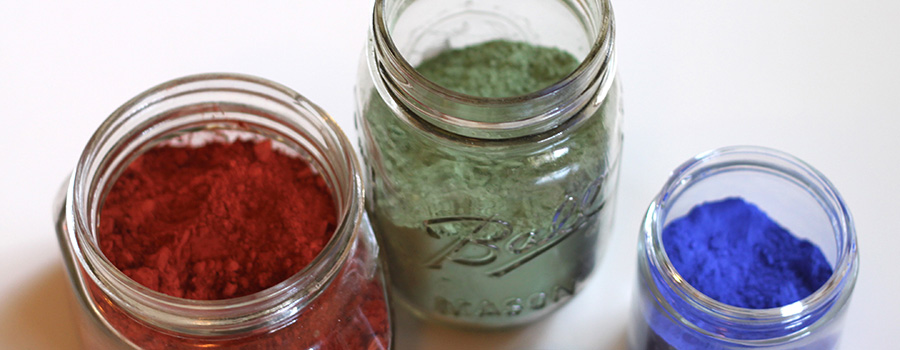
|
|
Natural paint pigments can come from different earths, plants and inert safe mineral compounds © Natural Earth Paint
|
Step 1: Make flour paste: Mix 2 cups cold water with 1 cup flour, then add to it 6 cups of boiling water - stir until it thickens.
Step 2: In the bucket, mix 1 part flour paste with 1 part natural earth pigment (adjust depending on pigment): 1 part fine sand (optional)
Notes:
- Adding sand gives your wall more of an earthy adobe look that's coarse to the touch but beautiful. Or, you can leave it out for a finish that is smooth to the touch. When using sand, you may need to apply with a large brush instead of a roller.
- The pigment used in the accompanying images is Emerald Green.
- All natural pigments have different qualities and absorb moisture at very different rates. So take the pigment proportions above as a suggestion – some may need much less pigment, some more.
- Important: the paint will dry MUCH lighter than what the colour looks like in the bucket, so it's best to start by painting just a swatch on the wall and let it dry to make sure you like the color before you paint the whole room. Don’t add any white until you’ve done a test, because you may find it light enough once it has dried.
Step 3: Use a paint mixer attachment on a drill to mix. Add water to achieve the desired consistency.
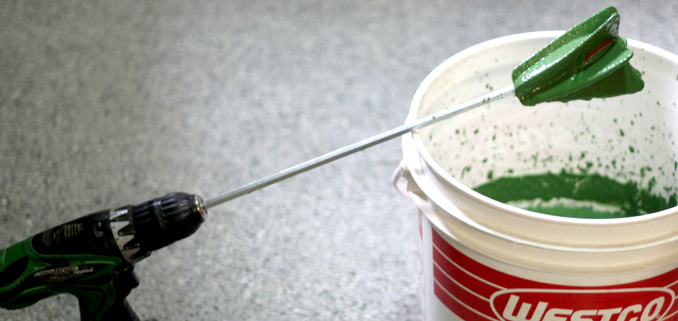
|
|
Mixing eco-friendly natural paint is done most evenly by using a paddle in an electric drill
|
Step 4: Add Borax to prevent molding - 2-3 Tbsp. per gallon
Step 5: Paint a test portion on the wall.
Reminder: If you have sand in the mixture, you may need to go old-school and use a brush - paint rollers won't really work. I like to apply the strokes in a random assortment of directions, which gives it a more of mottled, earthen-wall look that I quite like.
If you want to find and buy safe paints instead of making your own DIY non-toxic paint, see here, from the EcoHome Green Building Guides on North America's favorite green building website - EcoHome.net...
About the Author:
Leah Fanning is a mother, artist and owner / founder of Natural Earth Paint, which sells natural earth pigments, non-toxic art supplies, eco-friendly craft kits, natural face paints and more.
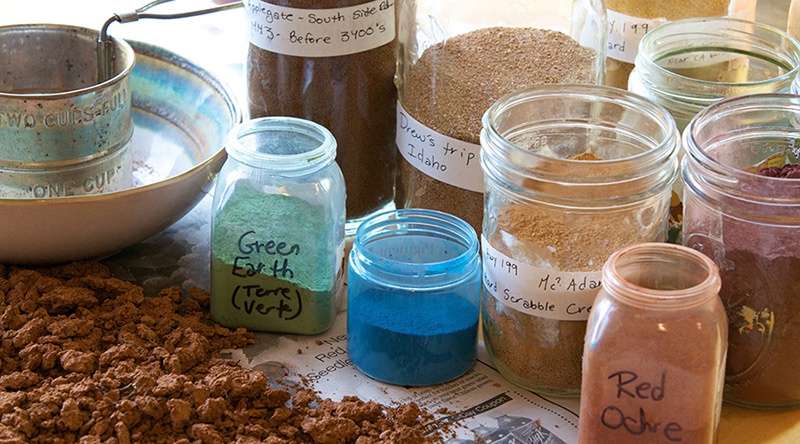















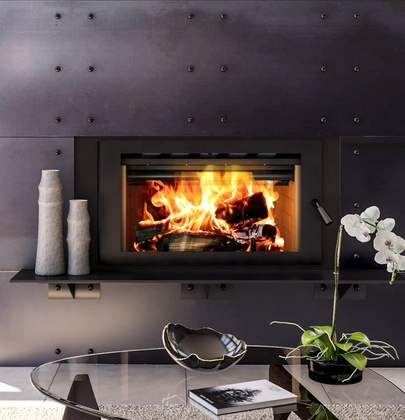



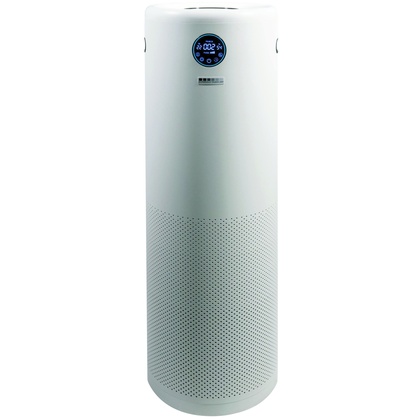

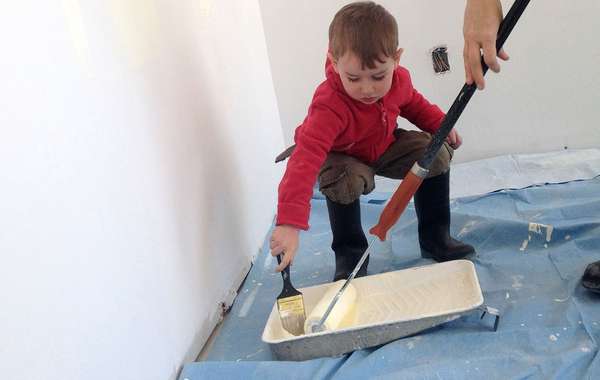
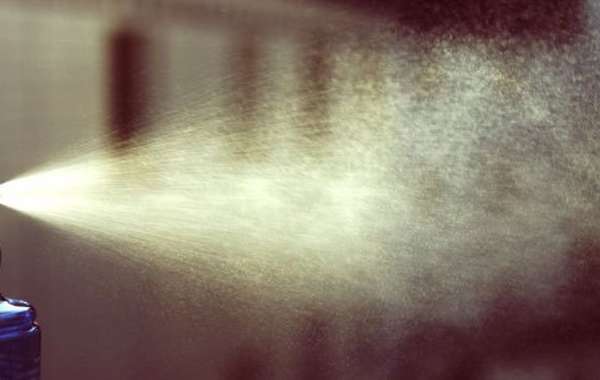
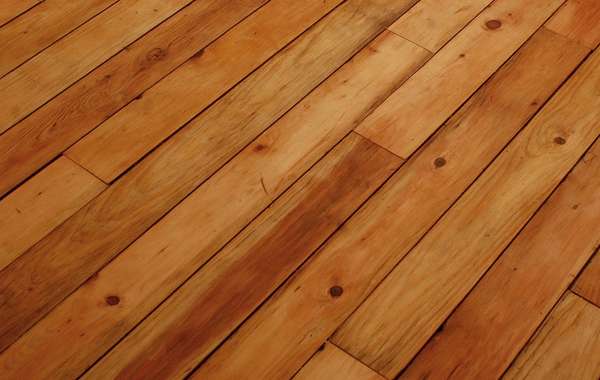
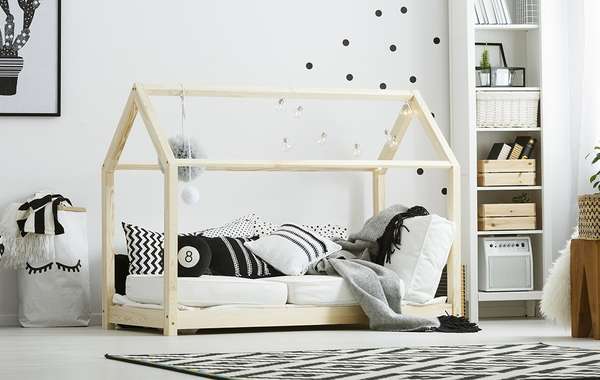
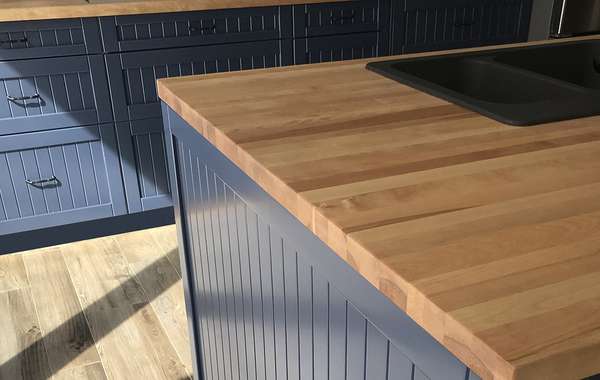
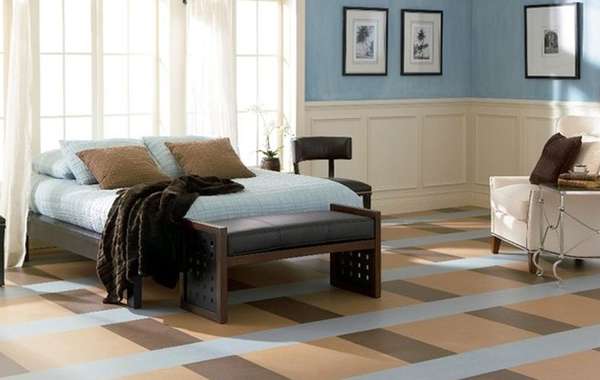

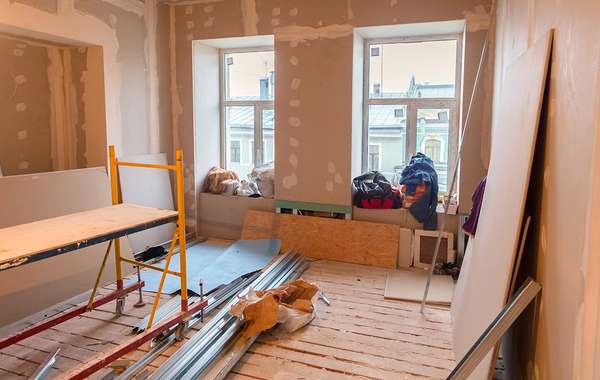
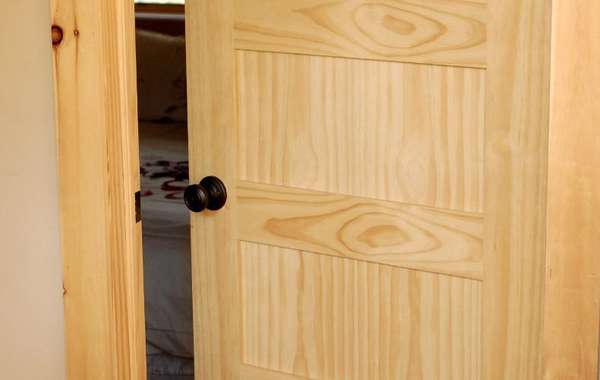
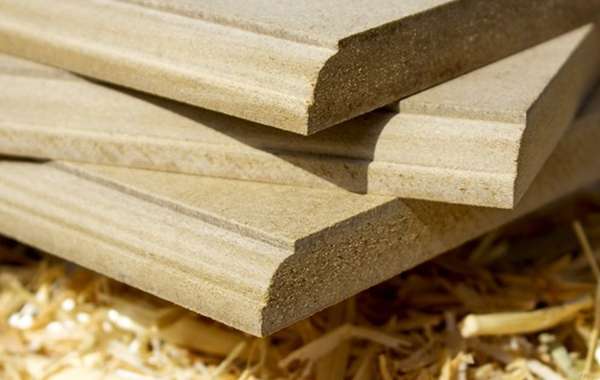
Hi I'm a artist trying to find less toxic ways to do my paintings, could this be modified to make paintings Ahd not paint walls?
If painting drywall with homemade natural paint, do you still prime it? I was thinking of using a vapor retarder primer so the sheet rock would help in my wall air sealing.
Frustrating, like most sites, this one promises DIY Natural Pigment info, but doesn't give the potential easy to get sources for any colour. Thanks for if an upgrade.